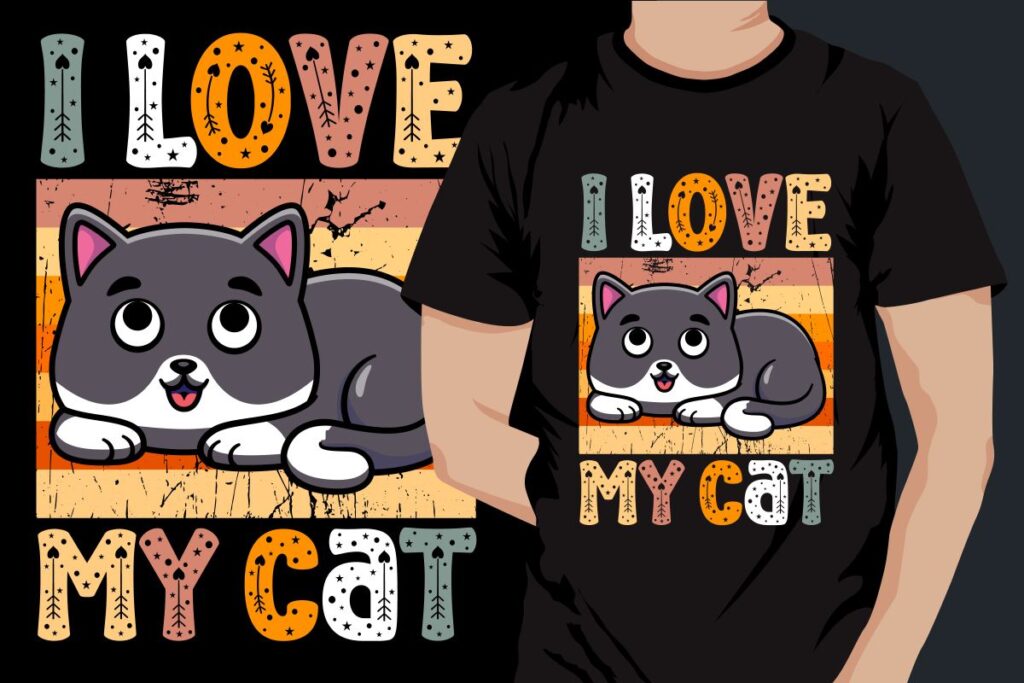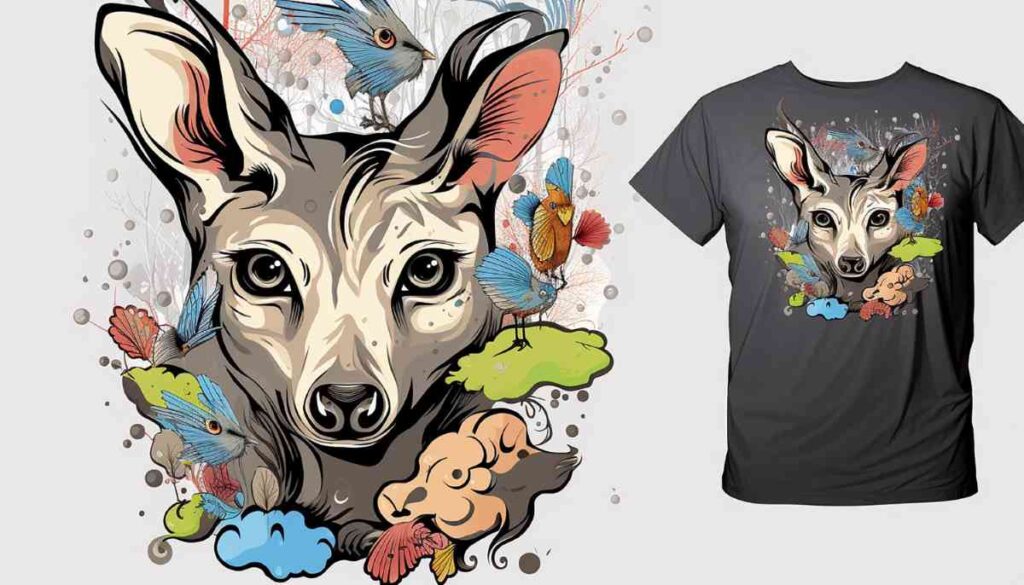DTF supplies are transforming the textile printing landscape, offering a modern solution for transferring vivid designs onto various fabrics. By leveraging Direct to Film (DTF) printing technology, businesses can achieve high-quality prints with remarkable detail, making it an appealing alternative to traditional techniques such as screen printing. This innovative approach not only simplifies the printing process but also enhances versatility, allowing for designs on an array of materials from cotton to polyester. Within this guide, we will explore the essential components of DTF supplies including DTF printers, adhesive powders, and more, to help you understand how to maximize your printing potential. As we venture into 2024, staying abreast of the advancements in DTF printing will be crucial for anyone looking to excel in this dynamic industry.
In the rapidly evolving world of textile customization, Direct to Film (DTF) solutions are becoming increasingly popular as a method for fabric embellishment. By utilizing specialized equipment such as DTF printers and transfer films, print service providers can create stunning, long-lasting designs that cater to diverse fabric needs. This printing method stands out among screen printing alternatives because it combines ease of use with high-quality outputs, thanks to the integration of unique adhesive powders that ensure designs adhere permanently. Understanding the myriad aspects of DTF supplies, from the inks employed to the curing processes involved, is essential for businesses aiming to thrive in today’s competitive market. As we delve deeper into this topic, we will highlight how these supplies can significantly enhance production efficiency and product quality.
Understanding the Basics of DTF Printing
DTF printing, or Direct to Film printing, is an innovative method that allows for the seamless transfer of intricate designs onto fabrics. This technique utilizes specialized inks and transfer films, providing vibrant and durable results. As the textile industry evolves, DTF printing stands out for its ability to print on a variety of materials, making it a versatile choice for businesses looking to expand their product offerings.
One of the distinctive features of DTF printing is its simplified process compared to traditional methods like screen printing. Users can print designs directly onto a special film, which is then applied to garments using heat and adhesive powder. This process not only streamlines production but also allows for smaller batch sizes, catering to the growing demand for personalized apparel.
Essential DTF Supplies for Success
To embark on a successful DTF printing journey, investing in the right supplies is crucial. At the forefront are DTF printers designed specifically for this method. These printers utilize high-quality inks that yield stunning color vibrancy and detail, essential for creating eye-catching designs. Without a suitable printer, achieving the desired print quality could be a challenge.
In addition to the printer, essential supplies include transfer film and adhesive powder. The transfer film is the medium that holds the ink until it is transferred to the fabric, while adhesive powder plays a critical role in ensuring the design sticks properly during the transfer process. Together, these components provide the foundation for high-quality and long-lasting prints.
Advantages of DTF Supplies Over Other Printing Methods
DTF supplies present several advantages over traditional printing techniques, making them increasingly popular among businesses. One significant benefit is the cost-effectiveness of DTF printing. This method is particularly advantageous for small production runs or custom orders, as it reduces material waste and allows for a more economical approach to creating vibrant designs.
Another key advantage is the quality of prints achieved with DTF supplies. The inks used are formulated to produce bright, vivid colors without compromising detail. This makes DTF printing suitable for various applications, from custom apparel to promotional materials, ensuring businesses can meet diverse customer demands with high-quality results.
Exploring the Trends in DTF Technology (2024-2025)
The DTF printing landscape is poised for transformation as new trends emerge. One significant trend is the hybridization of printing techniques, where DTF methods are integrated with direct-to-garment (DTG) printing. This approach allows businesses to leverage the strengths of both technologies, optimizing production processes and accommodating a broader range of printing needs.
Additionally, sustainability is becoming a focal point within the DTF market. As consumers become more environmentally conscious, businesses are responding by adopting eco-friendly inks and materials. The trend toward sustainability not only appeals to customers but also positions brands advantageously in an increasingly competitive marketplace.
The Role of Adhesive Powder in DTF Printing
Adhesive powder is a critical component of the DTF printing process, serving as the bond that secures printed designs onto fabric. When applied correctly, this powder melts during the heat transfer process, creating a permanent adhesion that ensures durability and longevity of the print. Understanding the proper usage of adhesive powder can greatly impact the quality of the final product.
Moreover, advancements in adhesive technologies are continually improving the efficiency and quality of DTF printing. New formulations offer enhanced flexibility and bonding capabilities, making them suitable for a wider range of fabric types. As these developments continue to emerge, businesses that utilize innovative adhesive solutions will likely see better results, reinforcing the growing appeal of DTF printing in the market.
Future of DTF Printing Supplies and Market Dynamics
As the DTF printing market continues to grow, staying updated on the latest supplies and innovations will be crucial for stakeholders. The increasing demand for customization in textiles and apparel is driving the evolution of DTF technologies, pushing manufacturers to improve the quality and function of their products. Businesses that keep pace with these changes can maintain a competitive edge in the marketplace.
Additionally, the market dynamics suggest a shift towards more personalized and innovative textile products. With the rise of e-commerce and on-demand printing, DTF supplies are becoming essential for businesses seeking to offer unique and high-quality apparel solutions. Understanding these market trends and leveraging the right DTF supplies will be vital for success in this thriving industry.
Frequently Asked Questions
What are the essential supplies needed for DTF printing?
The essential supplies for DTF printing include a DTF printer, transfer film, adhesive powder, a curing oven or heat press, and special pigment-based inks. Each component plays a vital role in ensuring high-quality prints that adhere well to various fabrics.
How does adhesive powder work in DTF printing?
Adhesive powder in DTF printing is applied to the printed design on the transfer film while the ink is still wet. Once heated, the powder melts and forms a strong bond between the printed design and the fabric, ensuring durability and longevity of the transfer.
Is DTF printing a cost-effective alternative to screen printing?
Yes, DTF printing is often more cost-effective than traditional screen printing, especially for small runs or customized products. Its ability to produce vibrant designs without significant setup costs makes it an attractive option for many businesses.
What types of fabrics can benefit from DTF supplies?
DTF supplies are highly versatile and can be used on a wide range of fabrics, including cotton, polyester, blends, and more. This flexibility allows for the customization of various textile products, catering to diverse customer needs.
What trends are shaping the DTF printing market in 2024?
Trends in the DTF printing market for 2024 include hybrid printing solutions, where DTF integrates with other methods like direct-to-garment (DTG), and a focus on sustainability. Innovations in adhesive technologies to enhance durability are also anticipated.
Can DTF printing produce high-quality and intricate designs?
Absolutely! DTF printing supplies are designed to produce high-quality prints with vivid colors and intricate details. This makes DTF an ideal choice for businesses looking to offer customized and eye-catching textile products.
| Key Points | Details |
|---|---|
| What is DTF Printing? | DTF printing is a method that allows for high-quality images to be printed onto a special film, which can then be transferred to various materials like cotton and polyester. |
| Key DTF Supplies | 1. DTF Printer: Special printers capable of printing vibrant inks onto film. 2. Transfer Film: PET film that holds printed inks for transfer. 3. Adhesive Powder: Secures prints onto fabrics during transfer. 4. Curing Oven/Heat Press: Melts adhesive to bond prints with fabric. 5. Inks: Pigment-based inks for vibrant colors. |
| Advantages of DTF Supplies | – Cost-Effective: More economical for small runs or customized products. – High Quality: Produces vivid colors and intricate designs. – Flexibility: Can print on various materials. |
| Trends in DTF Technology (2024-2025) | – Hybrid Printing Solutions: Combining DTF with other techniques like DTG. – Sustainability Focus: Emphasizing eco-friendly inks and practices. – Innovations in Adhesives: Developing durable bonding solutions. |
| Market Dynamics | The DTF market is rapidly expanding due to the demand for customized apparel, thereby becoming significant in sectors like fashion and promotional products. |
Summary
DTF supplies play a crucial role in the textile printing industry, enabling businesses to adopt a more efficient and cost-effective printing method. With its ability to produce vibrant, high-quality prints on a variety of fabrics, DTF printing is quickly becoming the preferred choice for custom apparel makers. This technology stands out for its adaptability to various materials, making it an appealing option for both small and large production runs. As the trend toward sustainability and innovation continues to rise, aligning your operations with advanced DTF supplies can position your business at the forefront of the industry. Embracing DTF technology today will ensure you remain competitive and cater to evolving customer demands.



